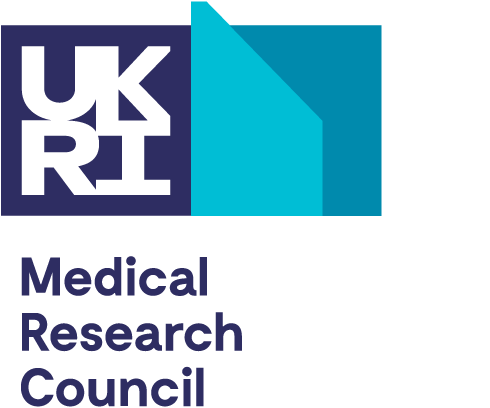Background
Laryngeal cancer affects 2400 new patients each year in the UK. Incidence increases with age and the cancer disproportionately affects those who are socioeconomically disadvantaged1. Around half of patients present with advanced disease and, consequently, have poor survival. Those affected are often left with a significantly diminished quality of life: treatment can render the individual permanently nil by mouth due to swallowing problems or in need of a permanent tracheostomy or tracheal stoma. The impact on quality of voice or communication can prevent effective communication. Swallowing difficulty and dry mouth can necessitate permanent gastrostomy tube feeding with effects on socialising and relationships. Laryngeal cancer comprises early (T1 and T2) and advanced (T3 and T4) cancer. Progress in the treatment of both has stalled over the past 30 years. There has been a sea-change in treatment algorithms, with increasing use of transoral laser in early disease and the advent of “laryngeal preservation” in advanced disease. But, over the same time period, survival has remained at best static2 3, and at worst it has declined 4. From a wider societal perspective, laryngeal cancer diagnosis and treatment costs the NHS £96 million per year with estimated productivity losses of £230,000/patient5.
The LARyngeal Cancer coHort (LARCH) - a cohort study of all laryngeal cancers, enriched with samples and detailed clinical data - is a major step towards defining precision medicine in laryngeal cancer and, in the longer term, to improving patient outcomes. It will allow significant progress in areas including: comparative (treatment) effectiveness research; investigation of biochemical and radiological biomarkers (mapped to treatment outcome); mapping clinical and patient characteristics to outcome; patient involvement in decision making; and the identification of variables for further investigation in trials of novel prognosticators or therapeutics.




